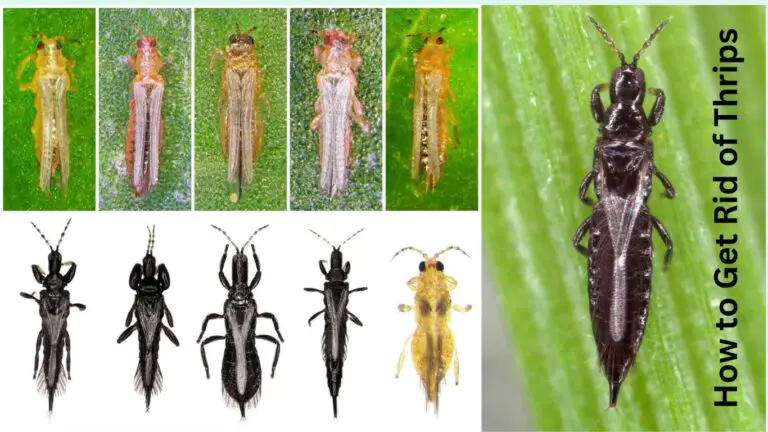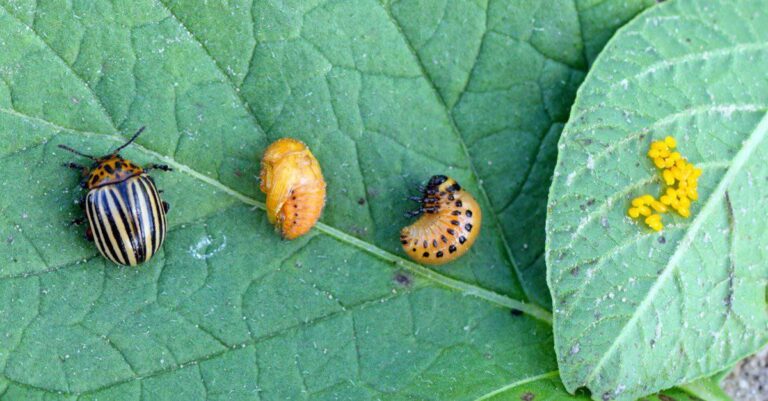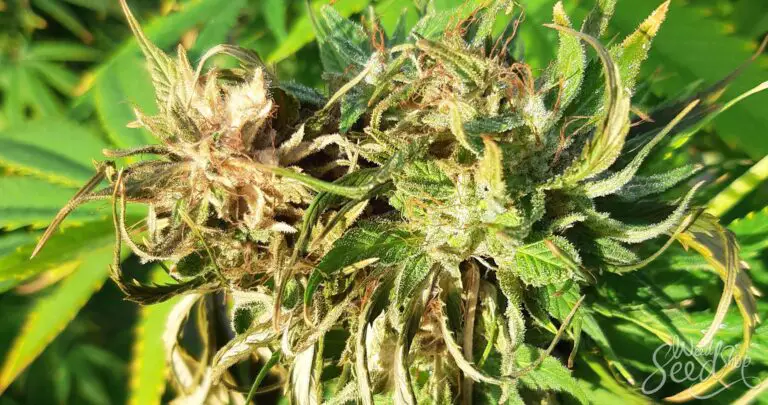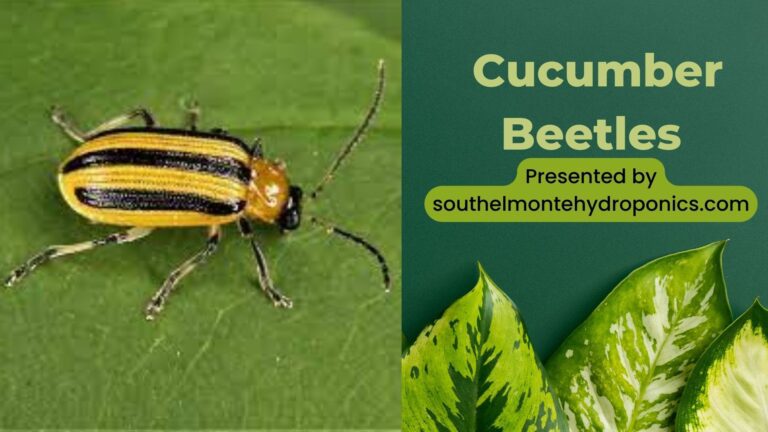Identifying Common Garden Pests and Super Solutions
Table of Contents
Common Signs of Pest Infestation in Gardens
One of the common signs of Garden Pests infestation in gardens is the presence of holes in leaves or fruits. If you notice irregular patterns of damage on the foliage or fruits of your plants, it could be an indication of insect feeding. Insects like caterpillars, beetles, and leafhoppers often leave behind distinctive patterns of holes or chewed edges on plant tissues as they feed on them.
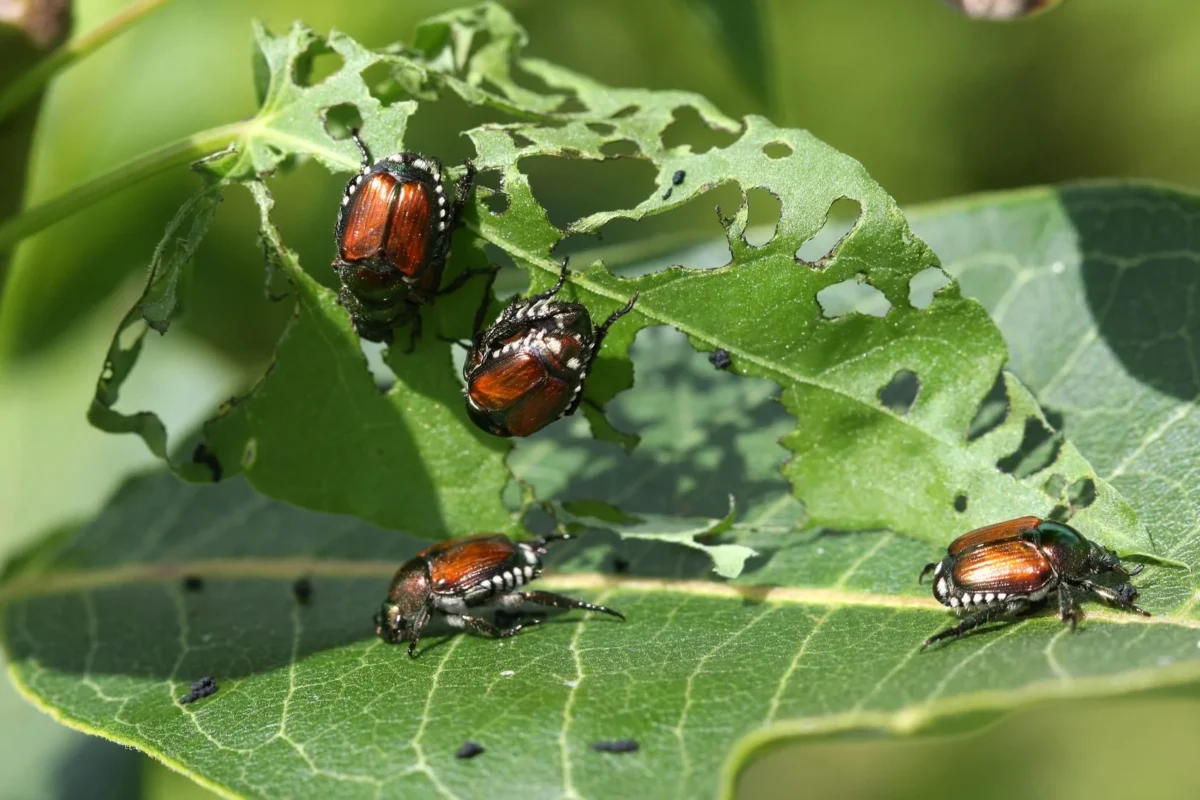
Another sign to watch out for is the presence of sticky substances on plant surfaces. Aphids, mealybugs, and scale insects are known to excrete a sugary substance called honeydew while feeding on plants. This sticky residue can attract ants and mold, leading to further damage to the plants. If you notice a shiny or sticky coating on your plants, it might be time to inspect them closely for signs of pest infestation.
Types of Insects That Damage Plants
A plethora of insects can wreak havoc on your beloved garden plants, causing significant damage and potentially threatening their health and longevity. Among the most common types of insects that gardeners may encounter are aphids, notorious for their destructive feeding habits that can weaken plants by draining their nutrients. These tiny, pear-shaped pests multiply rapidly and can be found on the undersides of leaves, where they suck sap from plants, leading to wilting and curling of leaves.
Another common culprit in plant damage is the pesky whitefly, a tiny insect that resembles a small moth and is known for feeding on plant sap. Whiteflies can rapidly reproduce and cause damage by sucking juices from the phloem of plants, which can result in stunted growth, yellowing of leaves, and the spread of plant diseases. These persistent insects can be particularly problematic in greenhouse environments, where their populations can quickly spiral out of control if left unchecked.
Common Diseases Caused by Garden Pests
Garden pests can wreak havoc on plants, not only through direct feeding damage but also by spreading harmful diseases. Some common diseases caused by garden pests include powdery mildew, a fungal infection often spread by aphids and whiteflies. Powdery mildew appears as a white, powdery substance on plant leaves and can weaken plants over time if left untreated. Another disease spread by pests is mosaic virus, transmitted by insects like aphids and leafhoppers. Mosaic virus causes distorted growth, mottled leaves, and reduced fruit production in infected plants, making it crucial to control these disease-carrying pests in the garden.
In addition to fungal infections and viruses, bacterial diseases can also be introduced by garden pests. For instance, bacterial wilt, a destructive disease affecting cucumber, squash, and other cucurbit plants, is commonly spread by cucumber beetles and other pests. Symptoms of bacterial wilt include wilting of leaves, yellowing, and eventual plant death, posing a serious threat to garden crops. By understanding the link between garden pests and diseases, gardeners can implement effective pest management strategies to protect their plants from these detrimental effects.
Natural Remedies for Controlling Garden Pests
Garden pests can wreak havoc on your precious plants, but before reaching for chemical pesticides, consider employing natural remedies to control these pesky invaders. One effective method is companion planting, where certain plants are grown together to repel pests or attract beneficial insects. For example, planting marigolds alongside vegetables can deter nematodes while attracting pollinators like bees.
Another natural remedy is using homemade insecticidal soap, which can effectively combat soft-bodied pests like aphids and spider mites. Simply mix a solution of mild soap and water and spray it directly on affected plants. The soap works by suffocating the pests, without leaving harmful residues on your plants or in the environment. Remember that natural remedies may require persistence and consistency for optimal results, but they offer a more environmentally friendly alternative to chemical pesticides.
Here is a table that shows some of the homemade remedies for garden insects:
| Pest | Natural Remedy | How to Use |
|---|---|---|
| Aphids | Neem oil | Dilute with water and spray on affected plants |
| Slugs | Diatomaceous earth | Sprinkle around plants to create a barrier |
| Caterpillars | Bt (Bacillus thuringiensis) | Spray affected plants with Bt solution |
| Snails | Eggshells | Crushed eggshells create a barrier for snails |
| Whiteflies | Yellow sticky traps | Hang traps near affected plants |
| Squirrels | Cayenne pepper spray | Mix cayenne pepper with water and spray on plants |
Chemical Pesticides for Garden Pests Control
Chemical pesticides are a widely-used method to combat garden pest infestations effectively. These substances work by targeting and eliminating specific pests that can cause damage to plants. When choosing a chemical pesticide, it is crucial to select one that targets the particular type of pest afflicting your garden to ensure its effectiveness. Additionally, it is important to follow the manufacturer’s instructions carefully to minimize potential harm to the environment and beneficial insects.
When applying chemical pesticides in your garden, it is essential to consider the timing and frequency of applications. Different pests may require varying treatment schedules, so being attentive to these factors can optimize the effectiveness of the pesticide while reducing potential adverse effects. Furthermore, it is advisable to rotate between different types of chemical pesticides to prevent pests from developing resistance to a specific product, maintaining its efficacy in pest control over the long term.
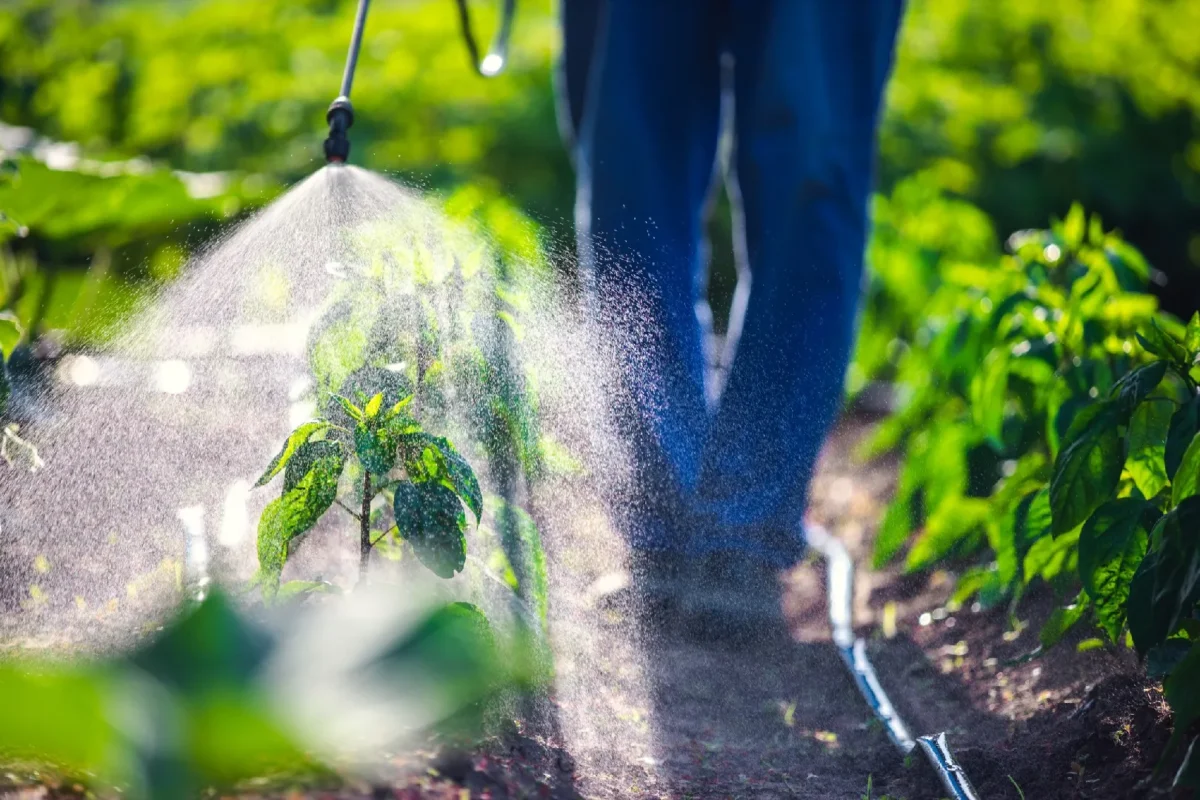
Preventative Measures to Avoid Garden Pest Infestations
One effective method to prevent garden pest infestations is through proper plant spacing. Crowded plants not only compete for nutrients and sunlight, but also provide a breeding ground for pests. Adequate spacing allows for better airflow, making it harder for pests to establish themselves and spread. Additionally, it reduces the risk of diseases that can be easily transmitted in close proximity.
Another key preventative measure is maintaining good garden hygiene. Regularly remove dead and decaying plant matter, as these can attract pests and serve as their hiding spots. Keeping the garden clean and free of debris not only deters pests from finding a home but also disrupts their lifecycle, reducing their population naturally. Implementing these basic practices can go a long way in safeguarding your garden against pesky invaders.
Effects of Garden Pests on Plant Health
Garden pests can have profound effects on the health and vitality of plants, impacting not only their aesthetic appeal but also their overall productivity. Infestations by common pests like aphids, whiteflies, and caterpillars can lead to stunted growth, wilting leaves, and reduced flower or fruit production. These pests often feed on plant sap or tissues, depriving plants of essential nutrients, causing yellowing of leaves, and ultimately weakening the plant’s defense mechanisms against diseases and environmental stressors.
In addition to direct damage, garden pests can also introduce and spread harmful pathogens, leading to a higher incidence of plant diseases. For example, certain pests like spider mites can transmit viruses, while others like thrips can cause wounds that create entry points for fungi and bacteria. This dual assault on plant health not only compromises their ability to thrive but also increases the likelihood of long-term damage that may require extensive measures to rectify.
Integrated Pest Management Techniques for Gardens
Integrated Pest Management (IPM) techniques offer a comprehensive approach to managing pests in gardens, encompassing multiple strategies for effective control. One key aspect of IPM is cultural control, which involves practices like crop rotation, selecting pest-resistant plant varieties, and maintaining overall garden health to reduce pest susceptibility. These proactive measures aim to create a less hospitable environment for pests, limiting their ability to thrive and cause damage.
Another component of IPM is the use of biological controls, which leverage natural predators and parasites to manage pest populations. By introducing beneficial insects like ladybugs or parasitic wasps into the garden, gardeners can establish a balanced ecosystem where pest populations are kept in check naturally. This method not only minimizes the need for chemical interventions but also promotes sustainability by working in harmony with nature’s own pest control mechanisms.
Signs of Wildlife Damage in Gardens
Wildlife damage in gardens can be easily identified through various signs left behind by the animals. Some common indicators of wildlife damage include nibbled or missing leaves, half-eaten fruits or vegetables, trampled or dug-up soil, and footprints or droppings in the garden area. These signs can help gardeners pinpoint the type of wildlife causing the damage and take appropriate measures to prevent further destruction.
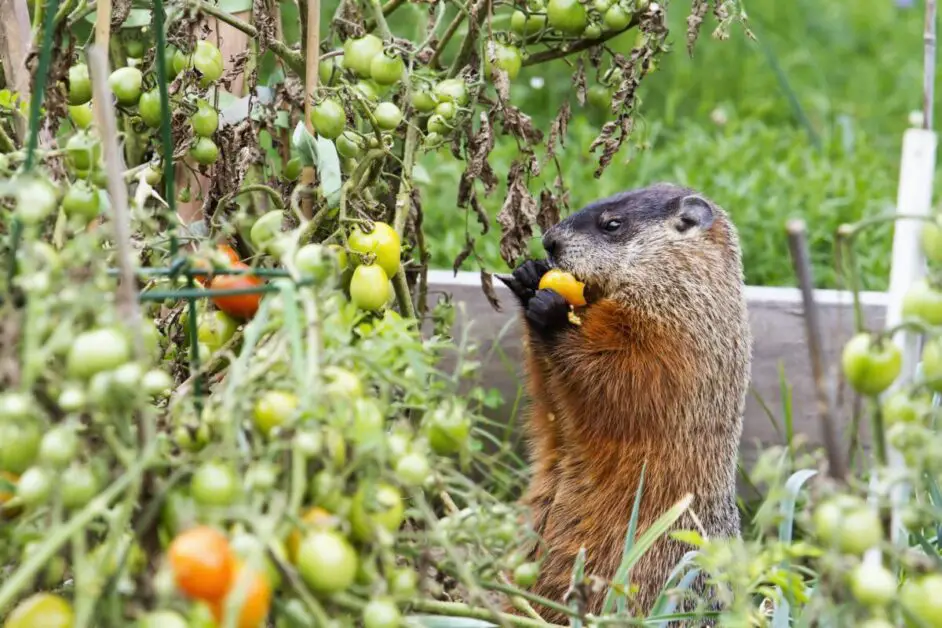
Additionally, damaged fencing or other barriers, disturbed bird feeders or bird baths, and gnawed tree bark can also signal wildlife intrusion in gardens. By recognizing these signs early on, gardeners can implement strategies such as installing physical barriers, using scent deterrents, or creating wildlife-friendly habitats away from garden areas to minimize potential damage and promote coexistence with wildlife in a harmonious manner.
Rodents That Can Cause Damage in Gardens
Rodents are a common nuisance in gardens, known for causing extensive damage to plants and crops. Among the rodents that can wreak havoc in gardens are mice and rats. These rodents are not picky eaters and will feed on a variety of plants, fruits, and vegetables, making them a significant threat to garden produce. Their gnawing habits can also lead to damage to garden structures and irrigation systems. Additionally, rodents can be carriers of diseases, further posing a risk to both plants and humans who come into contact with them.
Another rodent that gardeners should be wary of is the vole. Voles are small rodents that tunnel underground, damaging plant roots and causing harm to the garden ecosystem. Their feeding habits can result in stunted growth and even the death of plants, making them a formidable foe for garden enthusiasts. Controlling rodent populations in gardens is essential to protect plants and maintain a healthy garden environment.
Methods for Deterring Birds from Gardens
Birds can be a lovely addition to any garden, but certain species can also cause damage to crops and plants. To deter birds from feasting on your harvest, there are several effective methods that can be implemented. One common technique is the use of physical barriers such as bird netting or reflective tape. These barriers can help prevent birds from accessing your plants and disrupt their ability to feed, ultimately discouraging them from frequenting your garden.
Another strategy for deterring birds is the use of scare tactics. Installing scarecrows, owl decoys, or even motion-activated devices that emit sounds or lights can startle birds and make them wary of entering your garden. By regularly changing the location or appearance of these deterrents, you can increase their effectiveness in keeping birds away from your precious crops.
Common Garden Pests That Attack Fruit Trees
Fruit trees are vulnerable to a range of garden pests that can significantly impact both the yield and health of the plants. One common pest that affects fruit trees is the codling moth (Cydia pomonella). These pests lay their eggs on the fruit, and the larvae tunnel into the fruit, causing damage and affecting its quality. Another notorious culprit is the oriental fruit moth (Grapholita molesta), which can cause extensive damage to fruit trees by burrowing into the buds, shoots, and fruits, leading to reduced fruit production and overall tree health.
Aphids are also a prevalent nuisance for fruit trees, as they feed on the sap of the plants, causing leaves to curl and distort and leading to stunted growth and decreased fruit quality. Additionally, spider mites are tiny pests that can infest fruit trees and weaken them by sucking sap from the leaves, which results in discoloration and reduced photosynthesis. To effectively protect fruit trees from these common pests, early detection and timely intervention are crucial in maintaining the health and productivity of your orchard.
Identifying Beneficial Insects in Gardens
Beneficial insects play a crucial role in maintaining ecological balance in gardens by preying on harmful pests that can damage plants. These helpful insects act as natural predators, keeping pest populations in check without the need for harmful chemicals. Ladybugs, for example, are known to feed on aphids, a common pest that can devastate plants if left unchecked. Lacewings are also beneficial insects that consume aphids, mites, and other destructive pests, making them valuable allies for gardeners.
Another important beneficial insect is the praying mantis, which feeds on a variety of insects including flies, crickets, and moths. These voracious hunters can help control pest populations and protect plants from damage. Hoverflies, often mistaken for bees due to their appearance, are effective pollinators as adults and voracious aphid predators in their larval stage. By attracting and supporting these beneficial insects in gardens, gardeners can reduce the need for chemical pesticides and promote a healthier, more balanced ecosystem.
The table below gives us more information about the beneficial insects and their benefits in the garden:
| Beneficial Insect | Identification | Benefits |
|---|---|---|
| Ladybugs | Small, round beetles with red or orange body | Feed on aphids, mites, and other garden pests, helping control infestations |
| Praying mantis | Long, slender insects with triangular heads | Prey on a wide range of garden pests including aphids, beetles, and flies |
| Lacewings | Delicate, green or brown insects with lacy wings | Larvae feed on aphids, mealybugs, and other soft-bodied pests |
| Ground beetles | Dark-colored beetles with elongated bodies | Prey on slugs, caterpillars, and other garden pests, helping reduce populations |
| Bees | Various species including honeybees and bumblebees | Essential pollinators that increase fruit and vegetable yields |
| Dragonflies | Large, fast-flying insects with long bodies | Feed on mosquitoes, flies, and other flying pests, reducing their numbers |
| Spiders | Varied appearances, often with eight legs | Feed on a wide range of garden pests including flies, aphids, and caterpillars |
How to Attract Predatory Insects to Control Pests
Predatory insects play a crucial role in maintaining a balanced ecosystem in gardens by preying on common garden pests. To attract these beneficial insects to your garden, it is essential to create a hospitable environment that provides food, shelter, and breeding sites. Planting a diverse range of flowers, herbs, and native plants can attract predatory insects by offering them a varied food source and nectar for energy. Additionally, avoiding the use of chemical pesticides will help preserve the natural habitat of these beneficial insects and encourage their presence in your garden.
Incorporating companion plants that are known to attract predatory insects, such as dill, fennel, yarrow, and marigolds, can help increase the population of natural predators in your garden. These companion plants not only serve as a food source for predatory insects but also provide shelter and breeding sites, enhancing their ability to control pest populations effectively. By implementing these strategies and creating a welcoming environment for beneficial insects, gardeners can establish a sustainable and eco-friendly method of pest control that promotes harmony within the garden ecosystem.
The Importance of Regularly Monitoring Garden Pests
Regular monitoring of garden pests is a crucial aspect of maintaining a healthy and thriving garden. By staying vigilant and observant, gardeners can detect early signs of pest infestations and take prompt action to address them before they cause extensive damage. Timely identification of garden pests can also help in choosing the most effective and environmentally friendly control methods to protect plants without harming beneficial insects or the ecosystem.
Monitoring garden pests can be done through visual inspection of plants, use of traps, and regular scouting to assess plant health. Keeping a record of pest sightings and population levels can provide valuable insights into the seasonal patterns of pests and help in developing long-term pest management strategies. Additionally, monitoring can aid in determining the effectiveness of pest control measures and guide decision-making on when to intervene to prevent pest outbreaks.
Watch the full video to learn more about ways to control the garden pests.
Why is it important to regularly monitor garden pests?
Regular monitoring of garden pests allows you to catch infestations early on, which can help prevent extensive damage to your plants. It also enables you to implement timely control measures to protect your garden.
How often should I monitor my garden for pests?
It is recommended to monitor your garden for pests at least once a week, especially during peak pest seasons. However, you may need to increase the frequency of monitoring if you notice any signs of pest damage.
Can beneficial insects help with pest control in the garden?
Yes, beneficial insects such as ladybugs, lacewings, and parasitic wasps can help control garden pests by feeding on them. It is important to identify and attract these beneficial insects to your garden to create a natural balance.
What are some signs of wildlife damage in gardens?
Signs of wildlife damage in gardens include holes dug in the soil, missing plants or vegetables, trampled areas, and droppings left behind by animals such as raccoons, squirrels, or deer.
How can I deter birds from damaging my garden?
To deter birds from damaging your garden, you can use visual deterrents such as scarecrows or reflective tape, install bird netting over vulnerable plants, or provide alternative food sources away from your garden.



